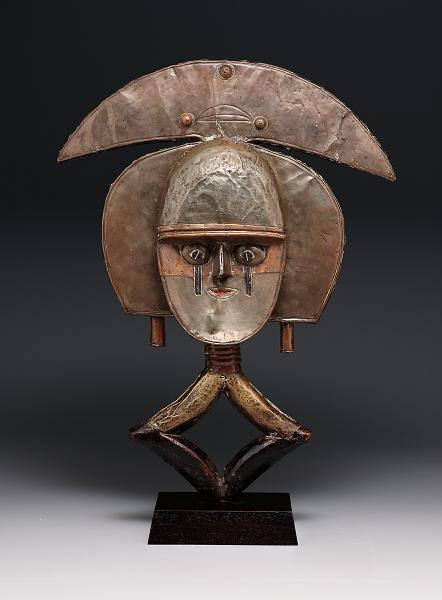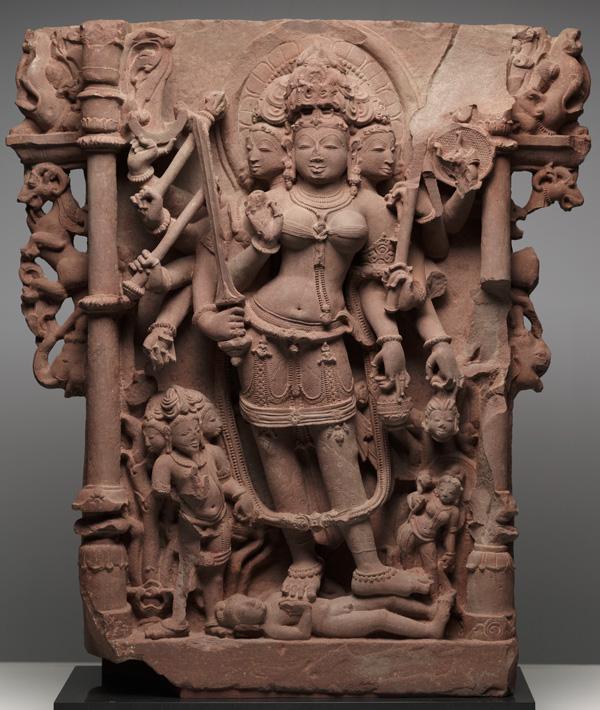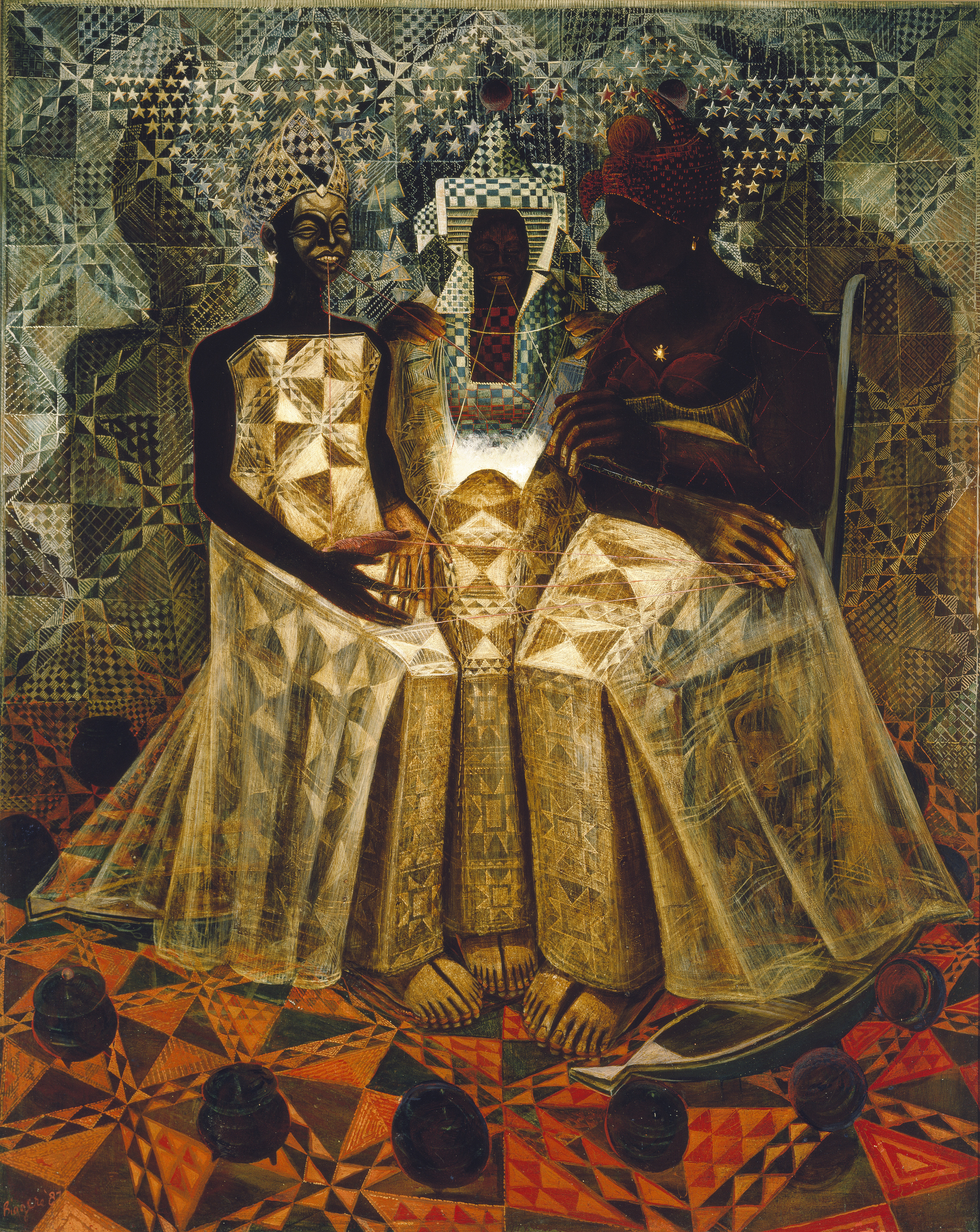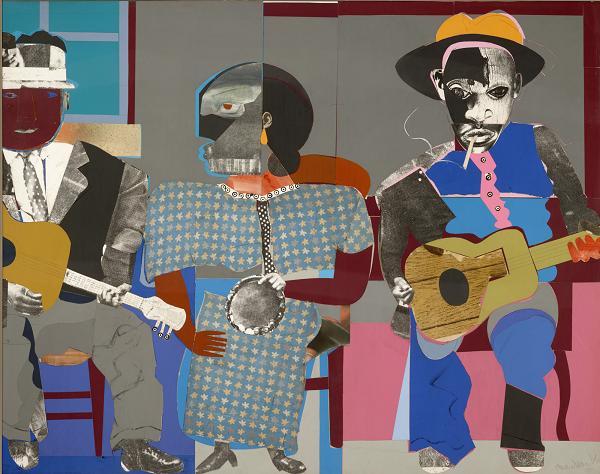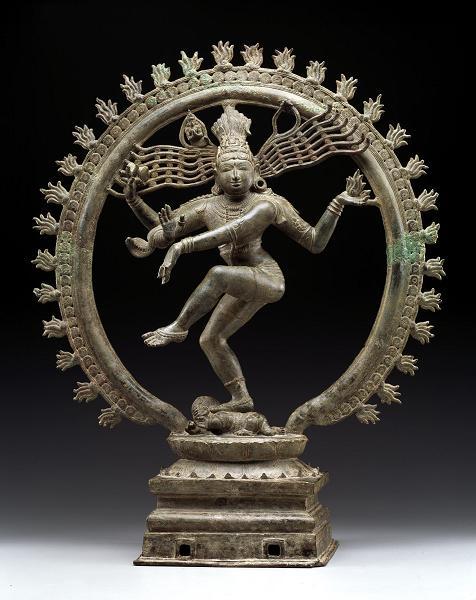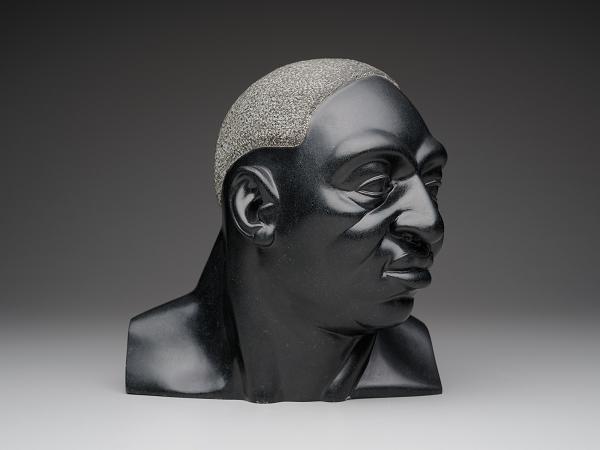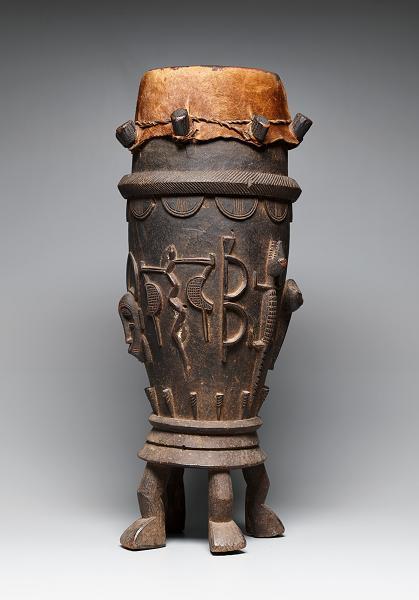Over 6,500 arts educators from museums, classrooms, and universities across the United States and around the world converged on New York City from March 1 – 4, 2012 for the annual National Art Education Association Conference. Museum educators spent an extra day together on February 29 for a Pre-conference focused on exploring the implications of the digital age on our work in art museums. The Museum Educator Pre-conference also includes time spent in art museums. This year, the day took us to the Metropolitan Museum of Art, MoMA, the Guggenheim, and the Museum of Arts and Design. Many of us stole time later in the conference week and scurried back to these museums as well as others.
The DMA was well represented at the NAEA conference with eight educators attending and presenting. We are fortunate to send so many staff — conferences are a great place to recharge and be inspired. We do our best to “divide and conquer,” splitting up to participate in as many diverse discussions, demonstrations, and presentations as possible. During the 2012 conference, there were over 1,000 presentations and workshops! I asked my colleagues to share a few highlights from their NAEA conference experiences. What follows is a compilation of voices, notes, ideas, and resources. Add your voice in a comment, and help us to expand this record of ideas.
A few provocations from the Museum Educator Pre-Conference:
- What is the role of physical space in digital learning?
- Museums are intermediary spaces for informal and participatory learning, primed for blended and cross-generational learning experiences
- Museums should actively support “do-it-together” learning
- We need social instigators rather than authoritative professionals to lead communities in the co-creation of museum experiences
- We need to turn online spaces into nodes, not end points — making sure they are part of a well-conceived network
- Institutions don’t have “openness” in their DNA. How can we (art museum educators) be a part of changing this?
- Be careful how you use technology — don’t think of it as a means to keep the status quo in the galleries. Use technology to enter into dialogue with visitors on site and online.
- In his closing keynote, Peter Samis from SFMOMA emphasized the importance of listening, and he referenced Design Thinking (Empathize, Design, Ideate, Prototype, and Test). Refine the problem, not just the solution.
Notable ideas and highlight from the Conference:
- The BMW Guggenheim Lab is very cool and low tech. The emphasis is on people discussing urban life face-to-face.
- Amy Kirschke from the Milwaukee Art Museum said something to provoke thinking about docents in a new way. “Not only are docents a Museum’s best advocates, but they’re also our largest multi-visit program.” Since they’re here every Monday, how can we structure their training to make it fresh and exciting from one year to the next?
- The importance of listening was stressed in several sessions. How can we all be better listeners in our work with museum visitors of all ages? How can we help docents and volunteers become better listeners?
- Professor Olga Hubard from Teacher’s College at Columbia University led a session, To Theme or Not To Theme, which left me questioning some of the themes we use to promote our K-12 docent-guided tours. I have observed several 4th grade tours recently where a docent will say “Our tour is called A Looking Journey,” but never says what that means. I wonder: what does A Looking Journey mean to me? What does it mean to teachers? And most importantly, what does it mean to the 4th graders taking an A Looking Journey tour?
- John Maeda, President of Rhode Island School of Design, presented about STEAM initiatives at RISD, such as a $20M NSF project focused on climate change. Throughout his talk, Maeda emphasized the significance of an arts education and the importance of designers and artists in society. Artists and designers have what the world needs: “visioning, understanding, clarity, and agility.” Maeda also referenced an article by Fareed Zakaria in his talk.
- Educators from the National Gallery of Art shared their experience in creating family programs focused on curiosity. Using the Artful Thinking strategies from Harvard’s Project Zero, they designed Artful Conversations, a program that is all about wonder. Families share what questions a work of art sparks for them and these questions shape the ensuing discussion.
- Art teacher Kristen Kowalski discussed the sensory needs of children with autism and shared research about minimizing the symptoms of the disorder by integrating iPads into the art curriculum. For children with autism, art apps on the iPad help them to deal with sensory overload and allow them to create artwork that they previously hadn’t been able to do. Check out Doodle Kids, Faces I Make and BrainPOP apps.
- Two educators from the Portland Museum of Art shared about new opportunities they created for families to explore the PMA. They designed a rubric and observed the interactions of sixty families in their galleries throughout one summer, and used the data from these observations to transform and create program offerings, including a cell phone tours for kids, family gallery labels, and a new family brochure.
- Colleagues from the The Brooklyn Museum shared information about their Teaching Lab. The Lab is a bi-monthly professional development gathering of education staff that serves to (1) define and extend their teaching practice, and (2) encourage “reflective and reflexive practice”. Lab sessions focus on Object Observations (investigation of a museum object while experimenting with ways of seeing, visual analysis, critical thinking, and the nature of responding to a work of art), Roundtables (discussions about issues related to teaching), Workshops (exploring issues in-depth, occurring in galleries when possible), and Fieldtrips (to explore educational content and process). The focus is on teaching, not programming.
- The conference proved to be a huge success for early career professionals. The Student Chapter population ranges from undergraduate to doctoral students who attend conference sessions to aid them in their educational path. There were over 900 students in attendance this year! The conference is the culminating annual event where students come together to share their passion for arts education and grow in their experiences as a collective group.
In the April newsletter, NAEA President F. Robert Sabol shares a few of his reflections about the 2012 conference and looks ahead to next year. The 2013 NAEA Annual Conference will be in Fort Worth, Texas!
Nicole Stutzman
Director of Teaching Programs and Partnerships
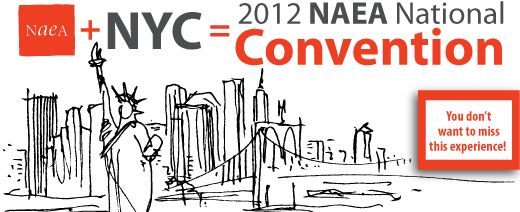
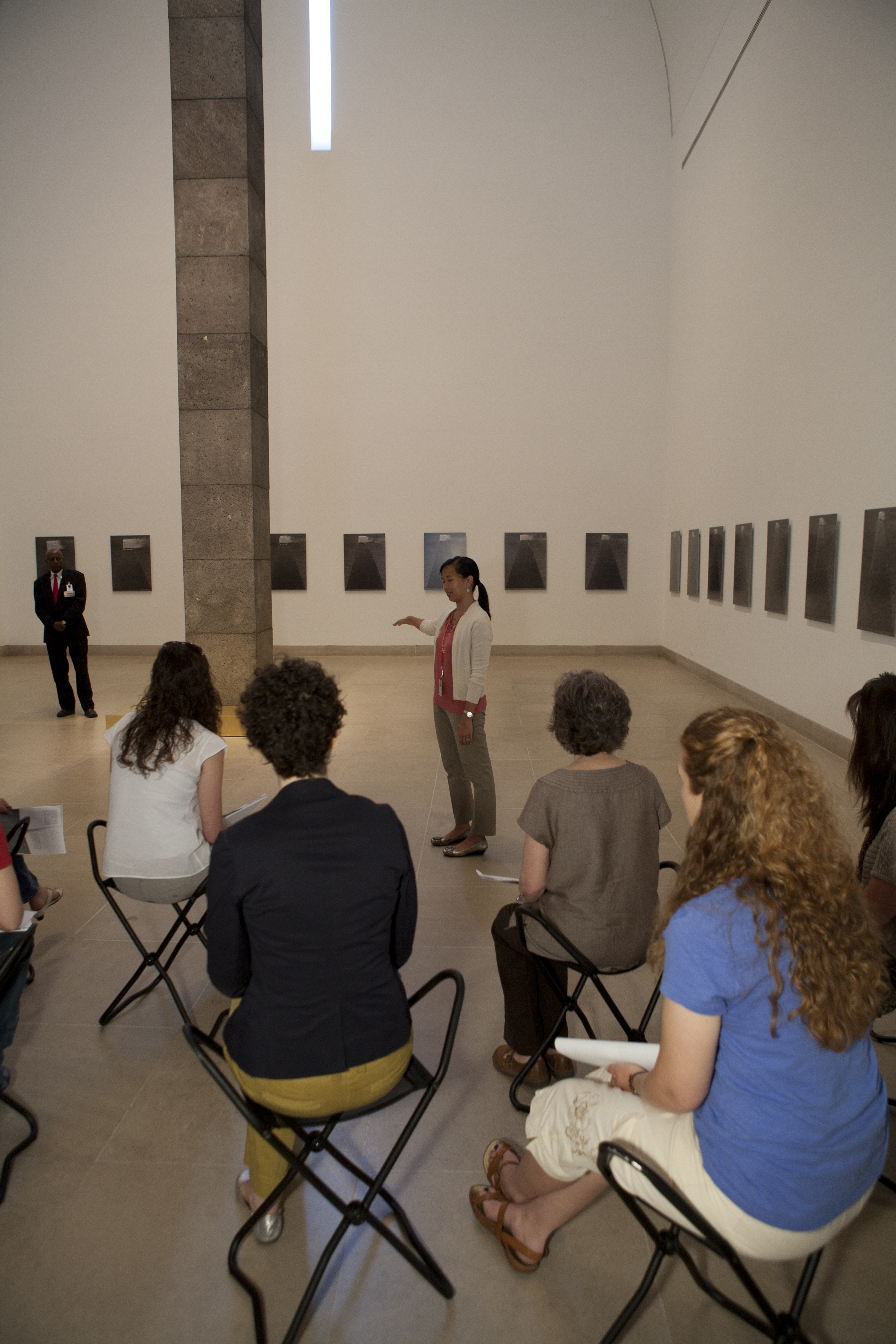
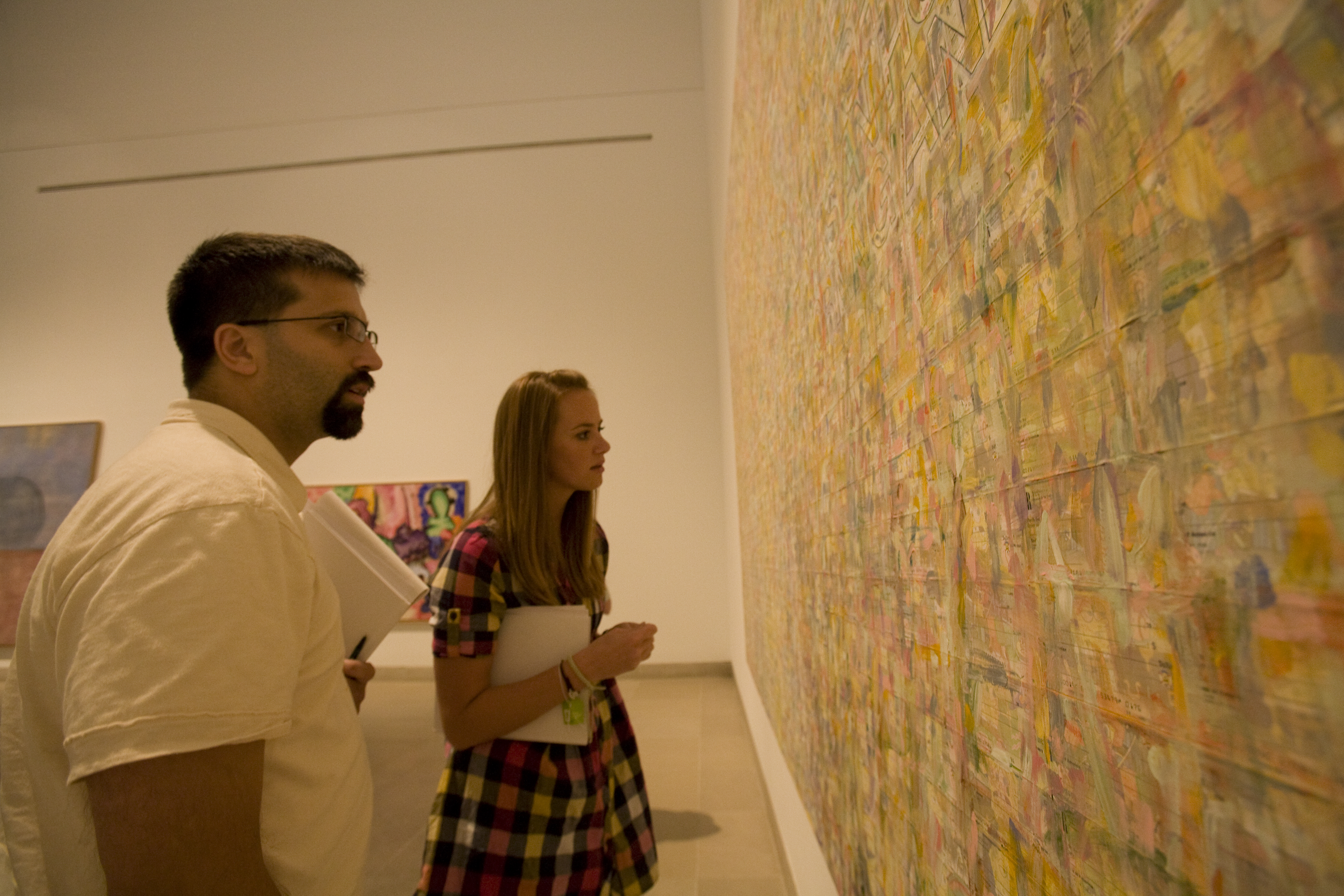
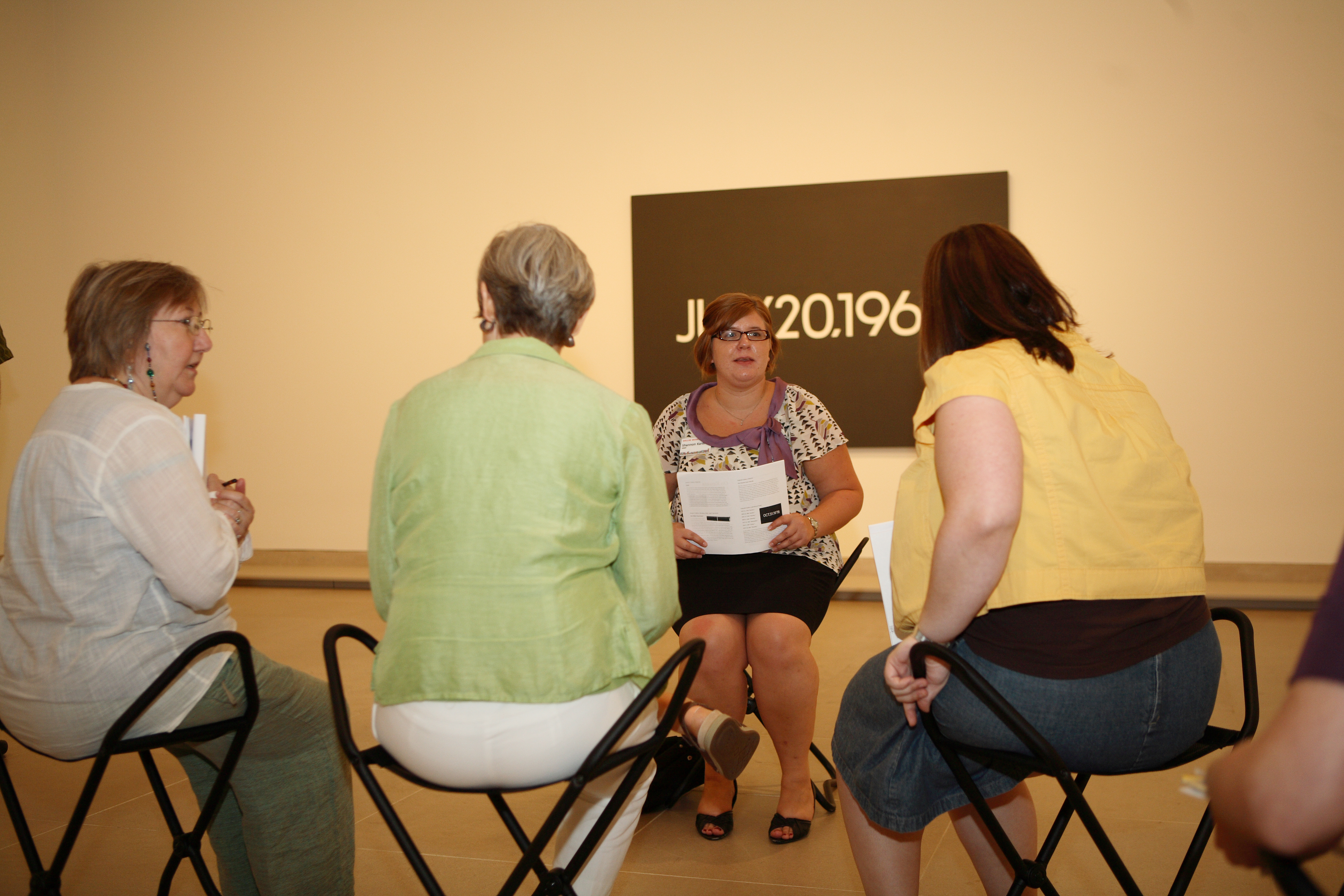
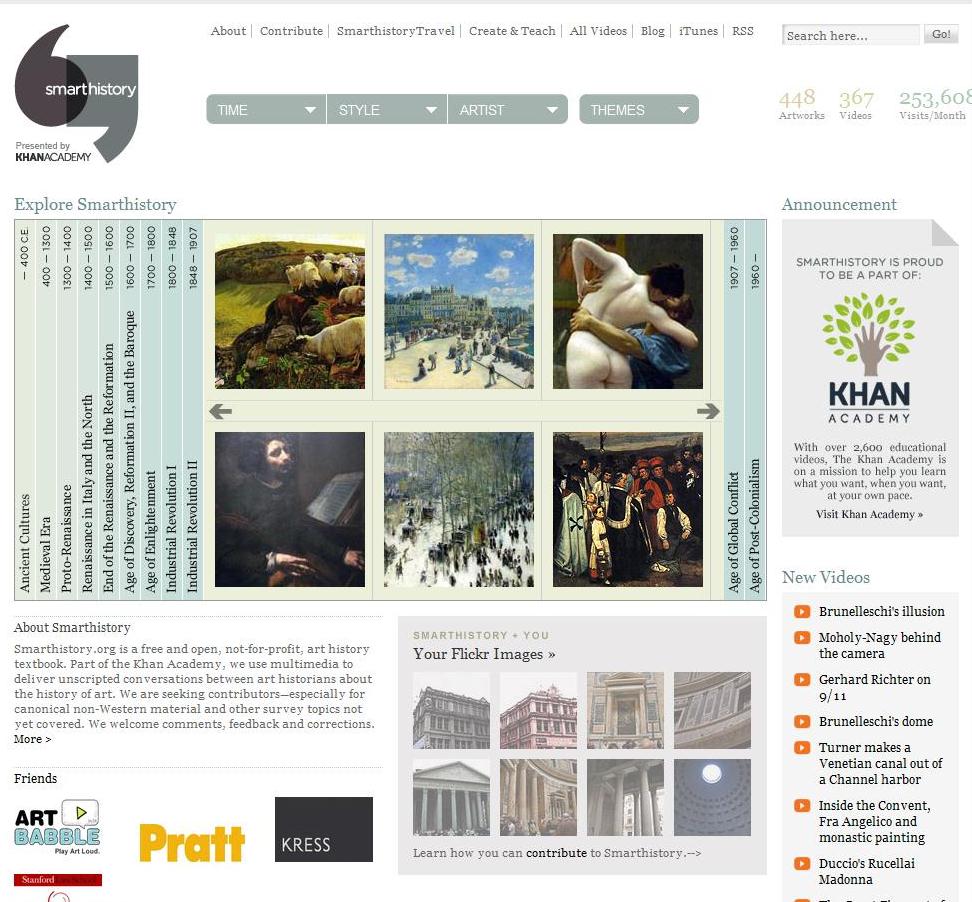
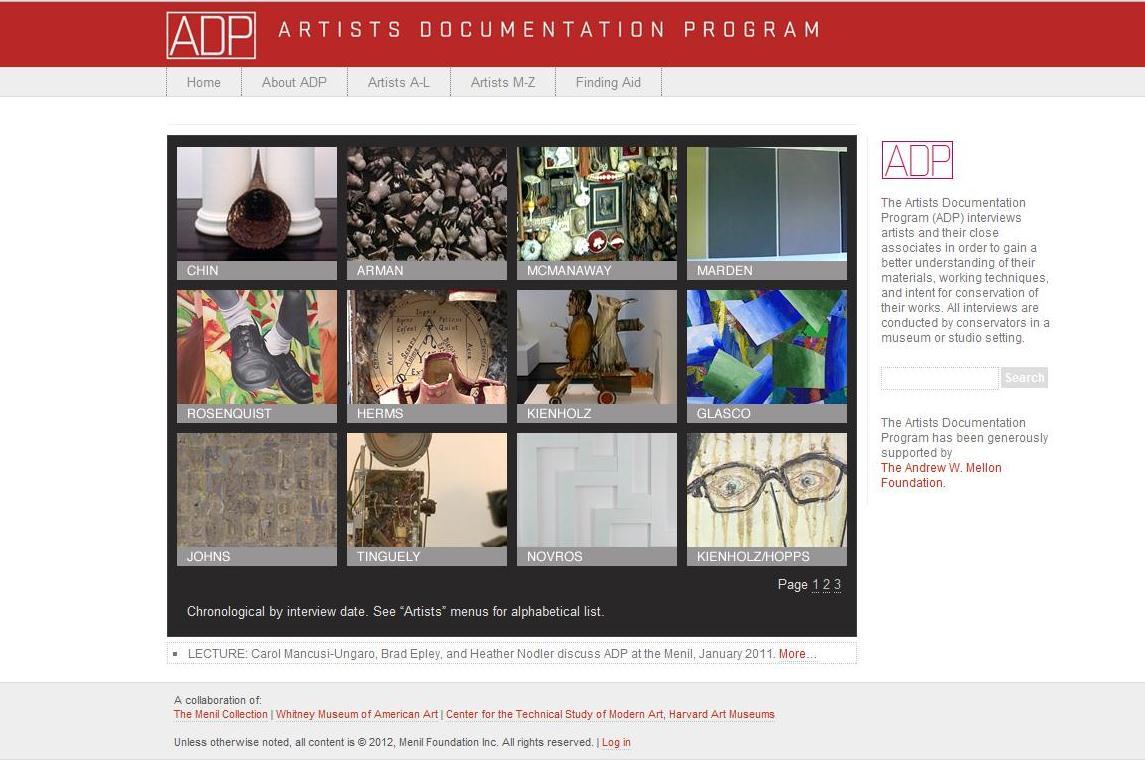
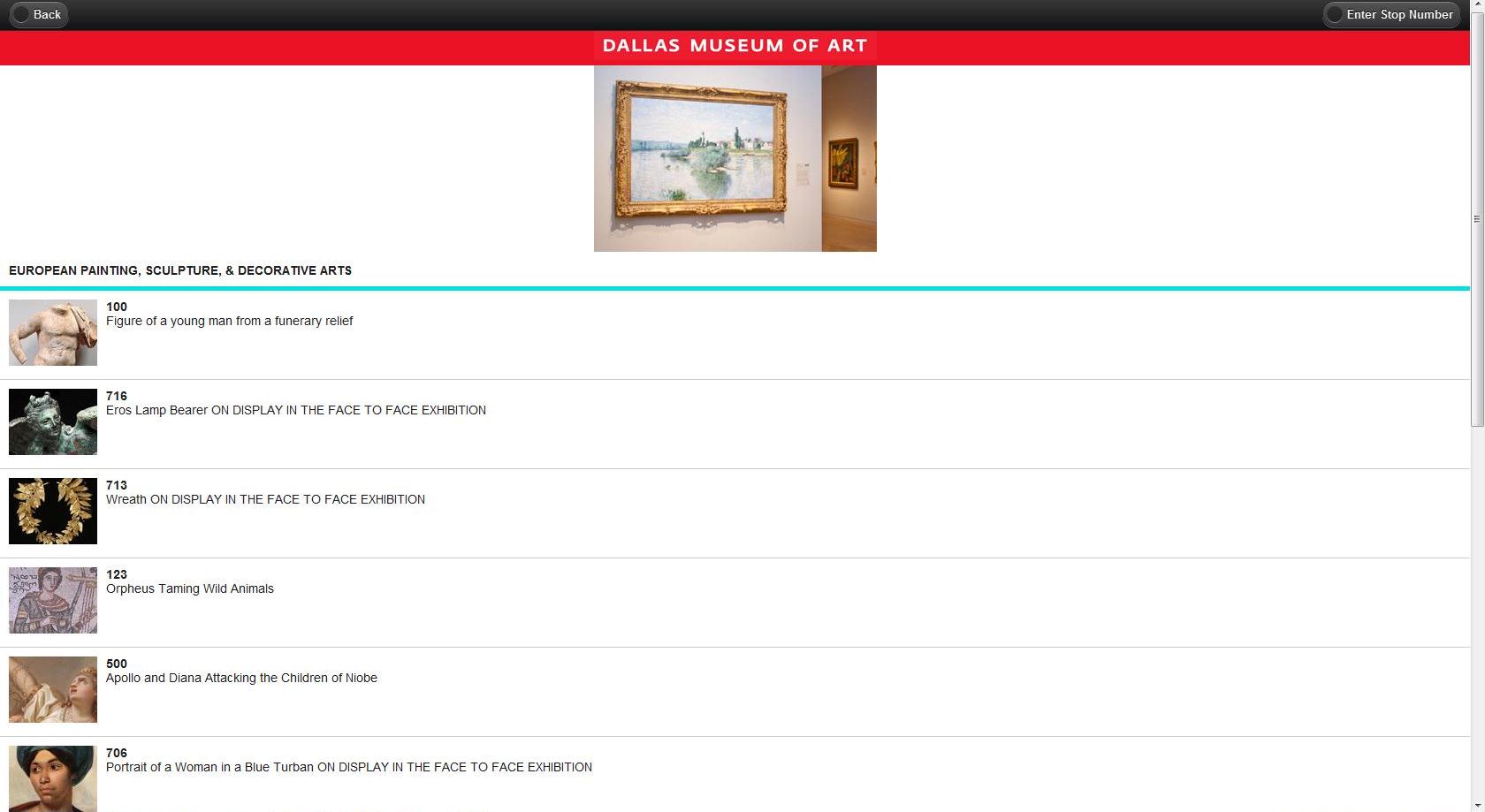
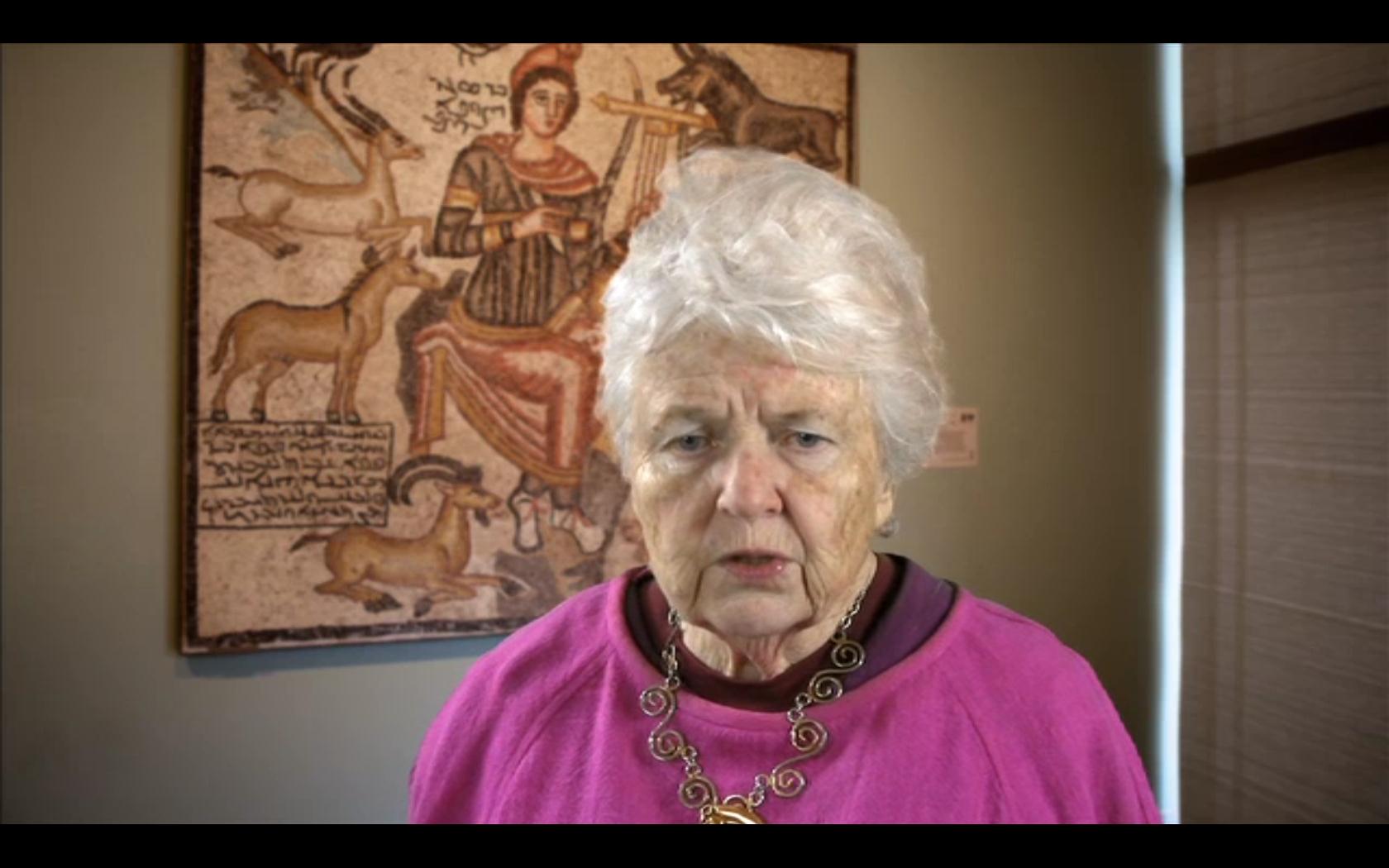
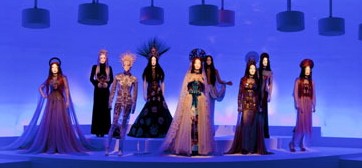
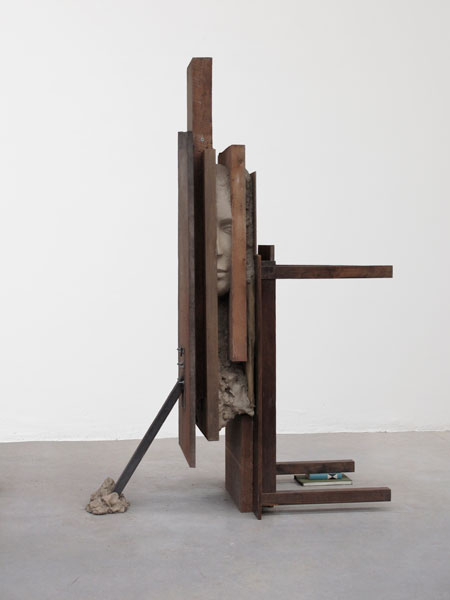
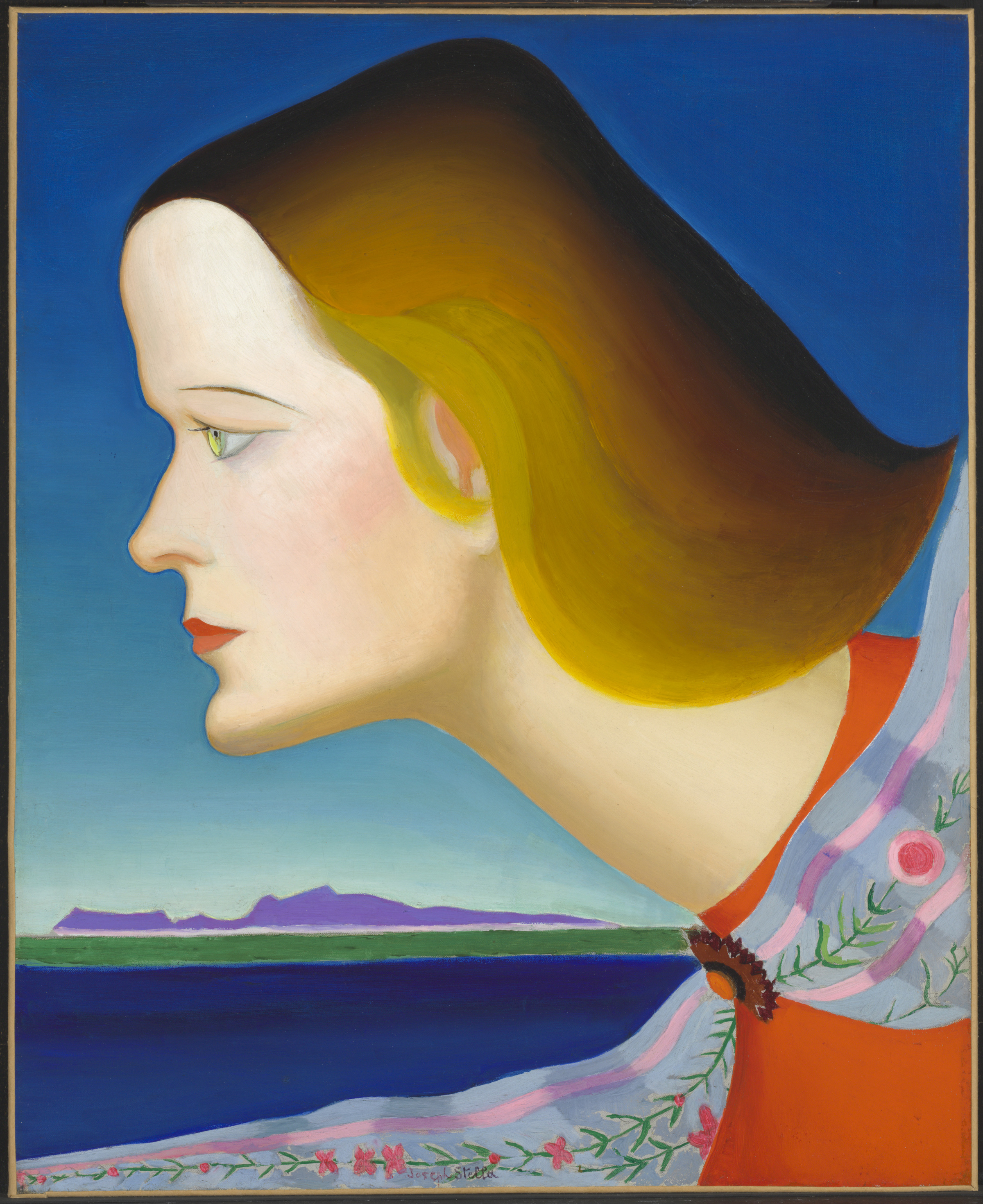

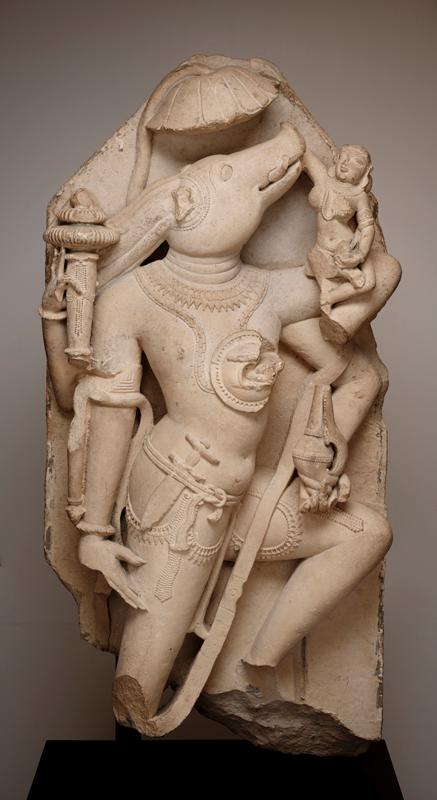

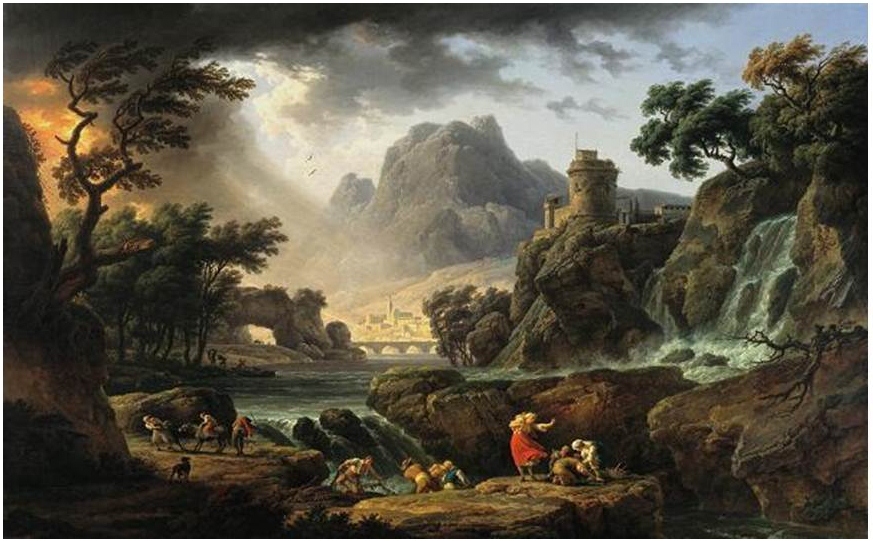
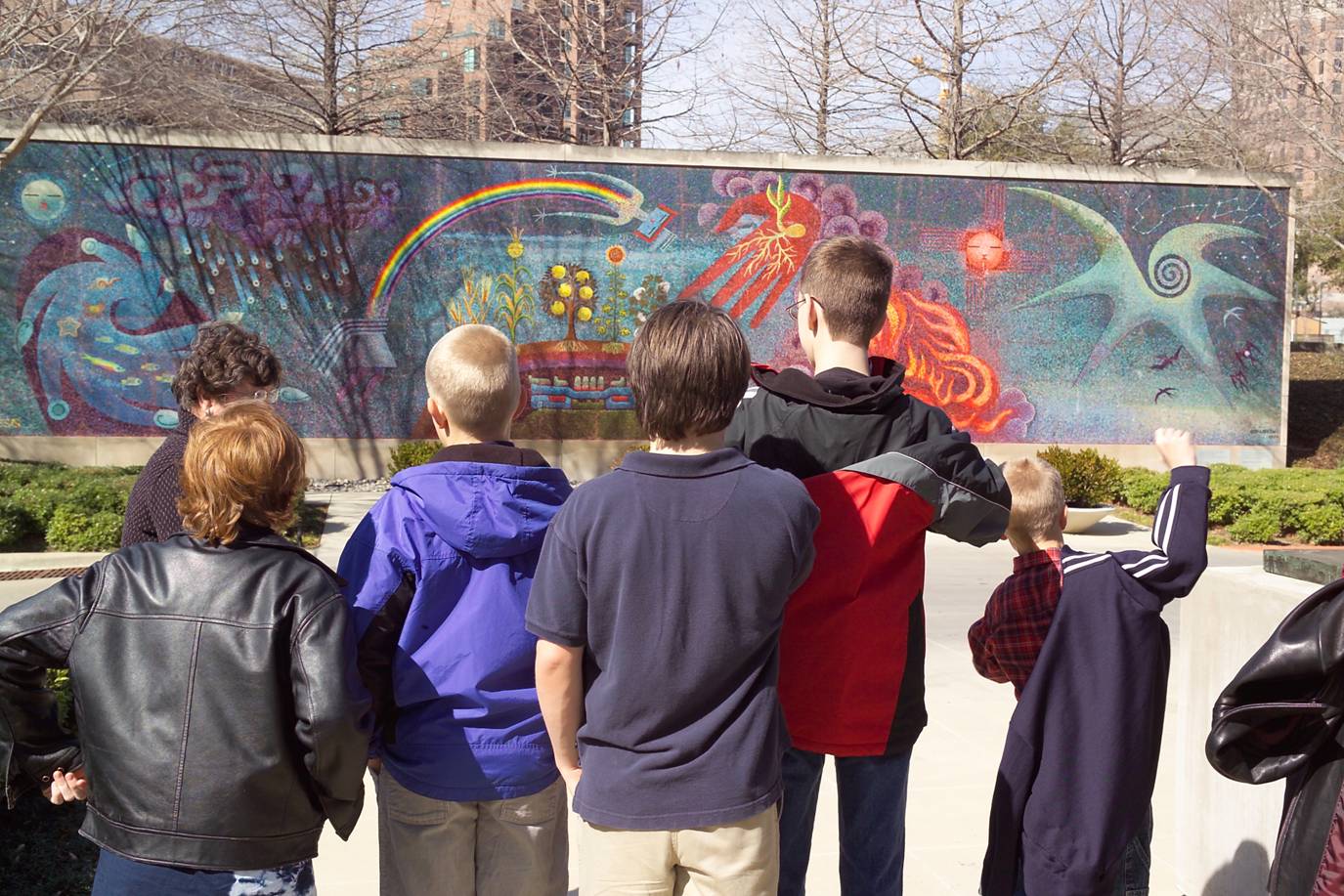
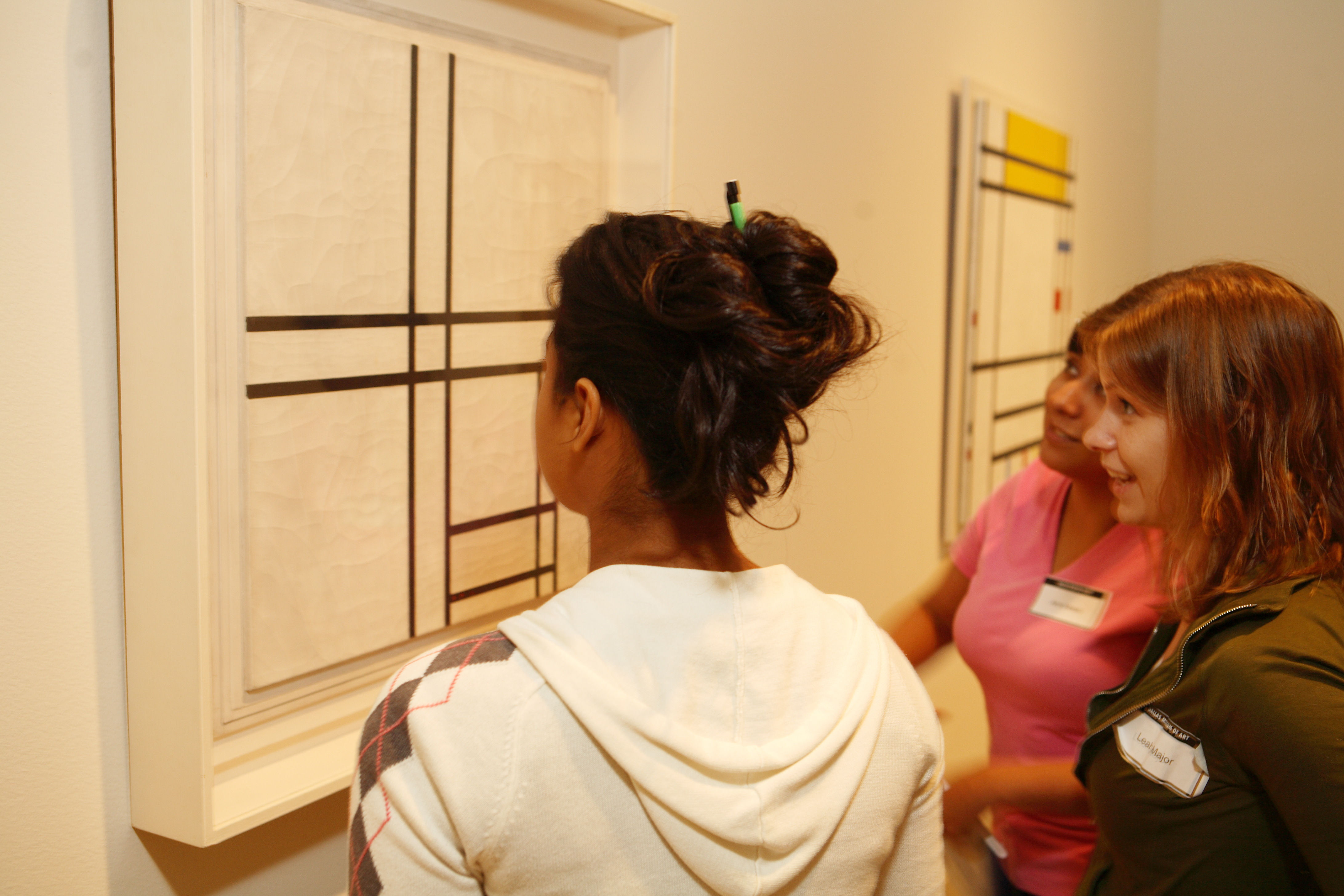
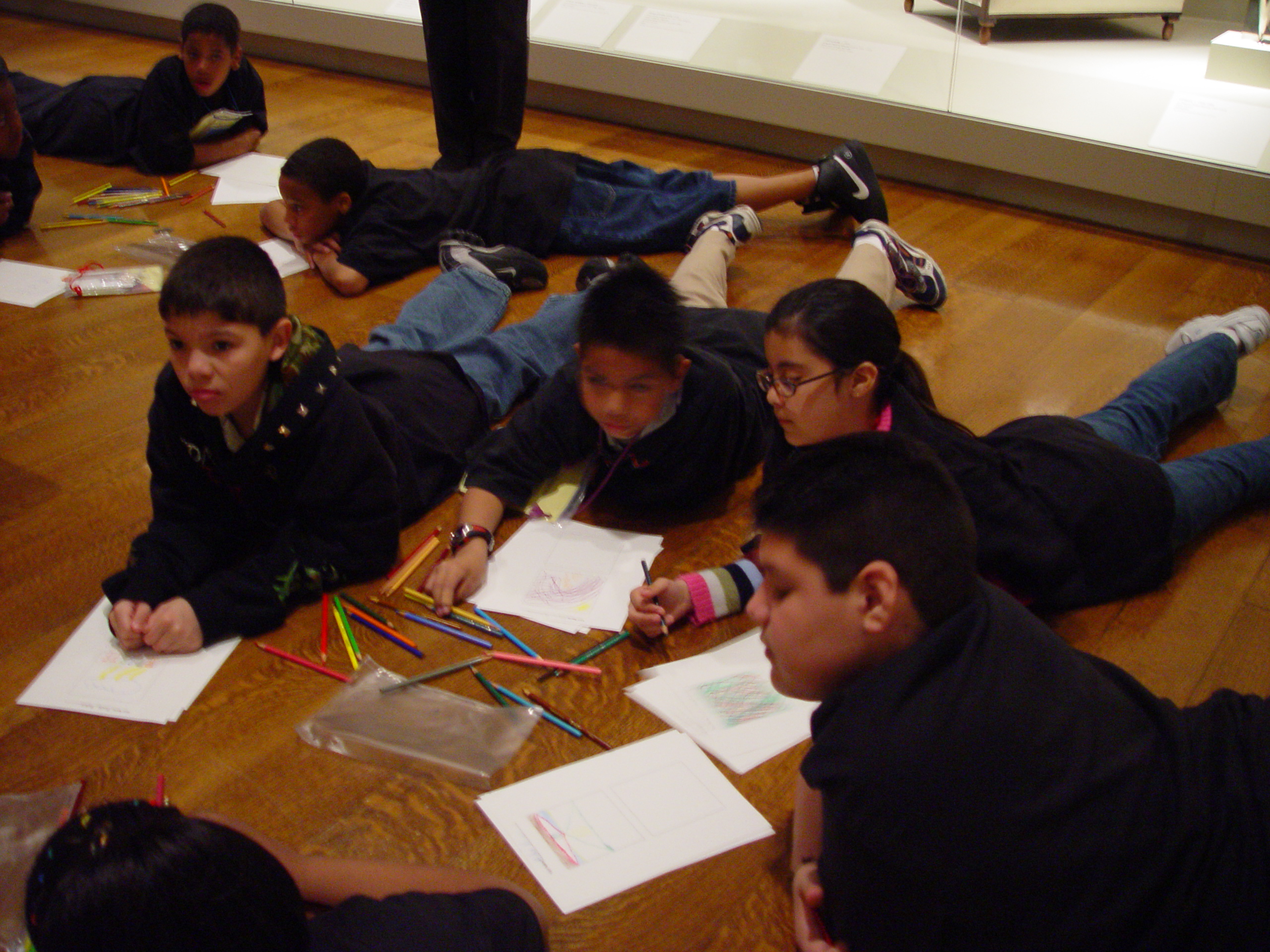
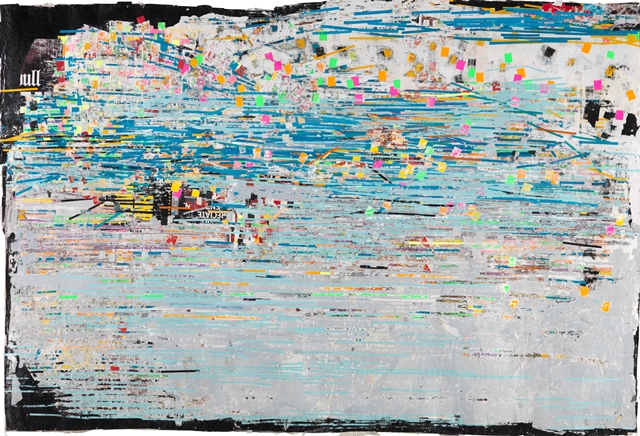
![20090921_wc-bradford_005[1]](https://blog.dma.org/wp-content/uploads/2011/10/20090921_wc-bradford_0051.jpg?w=300)
